Don’t Fear the Façade: Live it Up with Swisspearl Panels
Although it may seem that the façade of a building falls victim to it’s surface material when it comes to color choice, Swisspearl creates an effect using cement composite panels in a wide assortment of colors that could change the way you see architecture.
Swisspearl Panels.
Their solid panels are often used in balconies, partition walls, windbreaker panels, sliding shutters, louvers, while the perforated panels (minimum 20 mm that are normally chamfered) can be used to liven up sliding shutters, windscreens, to create sound absorption barriers, or to be purely decorative. Manufactured by Eternit Switzerland, the Swiss Collection contains three different systems to maximize the desired look of your project’s ventilated exterior: the Swisspearl Carat SL, Reflex, and Xpressiv.
The Swisspearl Carat SL panels are colored throughout with either a transparent or pigmented top coat. The monolithic aesthetic of the panels come in a wide variety of shades, maintaining its “most popular” status between the three lines due to the vibrant contrast in colors that can be achieved.
On the other hand, the Swisspearl Reflex comes with an iridescent top coat that comes in 14 different shades. Similar to the Carat SL, the cement panels are completely tinted in color and are primarily made for to accent modern or contemporary buildings.
Lastly, and most recently added to the collection, is the Swisspearl Xpressiv. This finish comes in a wildly vivid texture that adds to the sensory experience of the façade. It comes in 8 colors that include Cement Grey, Dark Grey, Brown, Red, and four other shades that can come with a translucent surface coating as an upgrade that will soon be released.
Cement composite is a material that Eternit hardens naturally for 28 days. By taking it slow, the most consistent color and texture can be achieved in every product. Along with Swisspearl’s ability to be dismantled and recycled with a grey energy usage of only 125 MJ per m2, makes it environmentally friendly. This is also true considering the fact that Eternit uses mineral raw materials, like portland cement and limestone, to create their end product designed for high-end architectural use.
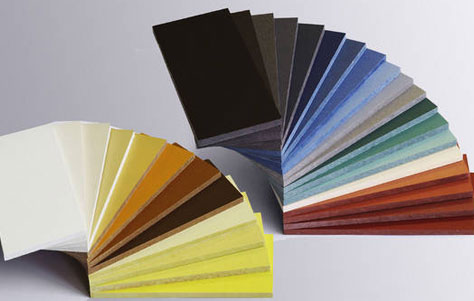
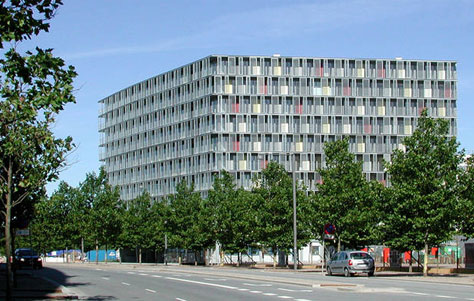
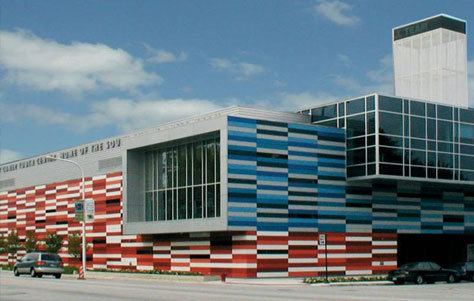

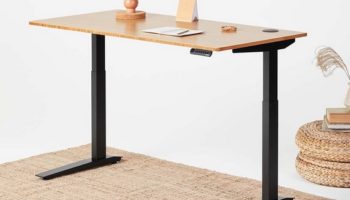
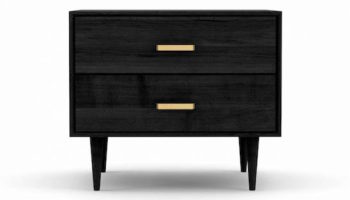


Leave a Reply